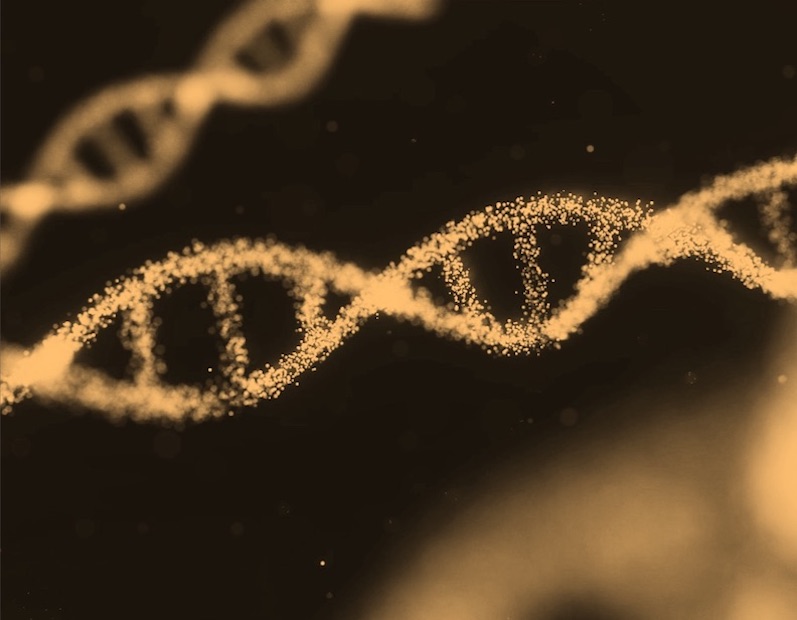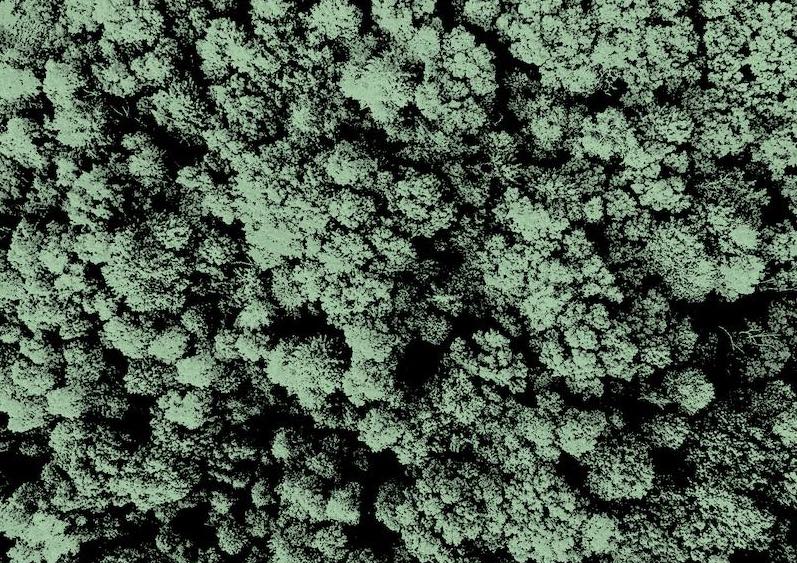What is it about?
ALI is characterized as an innate immune system response that can develop into a major clinical syndrome such as ARDS. Proteases such as MMPs, HNE, PR3 and MMP2 are playing an essential role in mild ARDS: They get secreted by neutrophils at the sites of inflammation. Therefore, there is an urgent need for the development of a rapid biosensing platform for the detection of ALI/ARDS. The aim of the study is to develop a paper-based multiplexing sensing platform for the detection of ALI/ARDS in mice after intranasal administration of LPS: Our findings demonstrated that both MMP2 biosensor and PR3 /MMP2 multiplexing biosensors can provide a promising biosensing platform for ALI/ARDS in mice in all stages (30 min to 24h).
Featured Image
Why is it important?
Therefore, there is an urgent need for the development of a rapid biosensing platform for the detection of ALI/ARDS. The aim of the study is to develop a paper-based multiplexing sensing platform for the detection of ALI/ARDS in mice after intranasal administration of LPS:
Perspectives
Our findings demonstrated that both MMP2 biosensor and PR3 /MMP2 multiplexing biosensors can provide a promising biosensing platform for ALI/ARDS in mice in all stages (30 min to 24h).
Dr. Nuha Khalid Alekhmimi
Inaya Medical College
Read the Original
This page is a summary of: Development multiplexing sensing platform for the detection of ALI/ARDS in mice, September 2019, European Respiratory Society (ERS),
DOI: 10.1183/13993003.congress-2019.pa802.
You can read the full text:
Contributors
The following have contributed to this page







